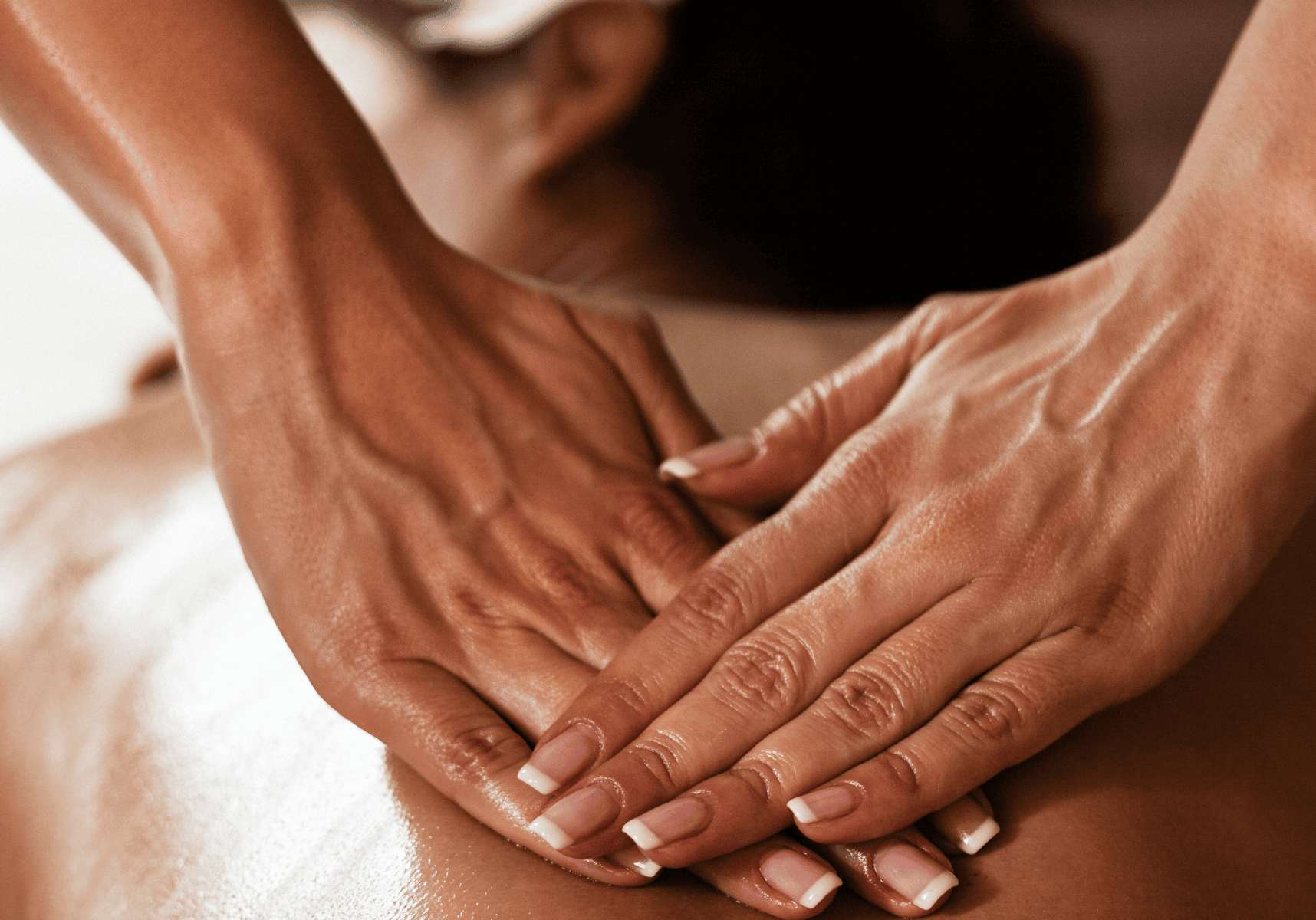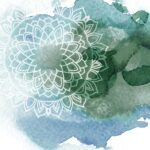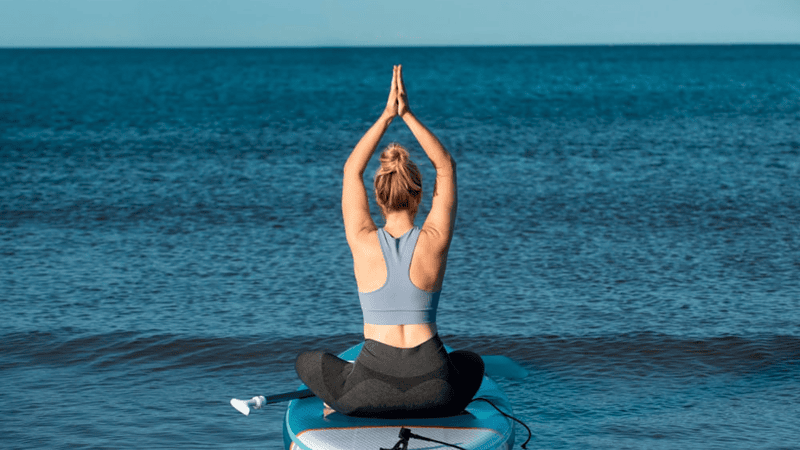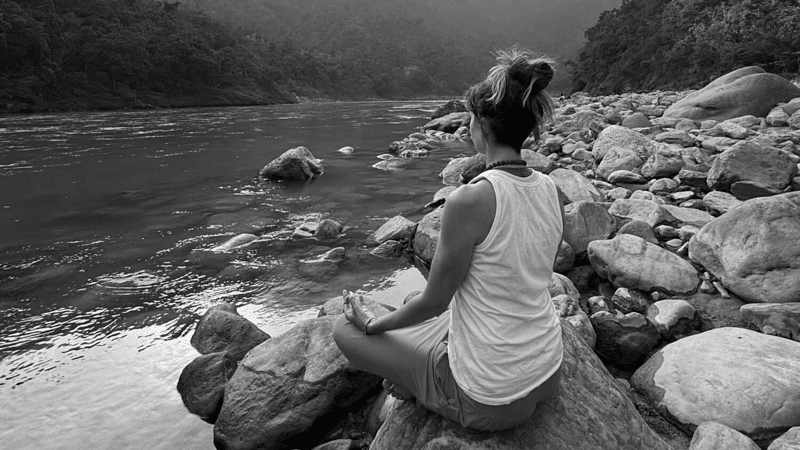
3 Types of Full Body Massage to Try
Exploring HydroMassage, Cupping, and Reflexology - By Elise Oliver
Reading time: 5 minutes
Hey there, folks! Are you ready to embark on a journey into the world of unique massages? Today, we're thrilled to present you with an exciting article on 5 distinct massage techniques that are a must-try if you're in the United Kingdom.
Let’s discuss those leftover massage types without wasting your time.
HydroMassage
Hydromassage or hydrotherapy is a therapeutic involving the use of warm or hot water and pressurized jets to help massage muscles and other stiff tissues of your body. This method also sometimes goes by many names, which depend upon different spas around the world. Like;
- Hydrotherapy
- Water Therapy
- Aqua Therapy
This therapy/massage is proven by scientists. They confirmed that it helps alleviate pain and soreness associated with exercise as well as certain medical conditions. There’s also a risk of side effects that may not make hydromassage appropriate for everyone.
However, if some of you are interested in hydromassage, it's very important to talk to a doctor before seeking jet spray hot water therapy, whether it’s in a spa or a home device.
Benefits of HydroMassage
Hydromassage contains different benefits that relate to what your doctor has suggested. Because it is a type of massage that utilises water to deliver pressure and send calming, warm water waves through a patient’s body. While more clinical evidence is needed to support its use for certain medical conditions.
Relaxation and improved mood
One of the definite positive effects of massage therapy is its general effect of making the receiving party relax. Hydromassage is not only for relaxing but has also been known to reduce stress and tension to a great extend. Actually, it's for the people who don’t want to get touched by the masseuse. For them, this therapy is just the best.
Pain relief
Hydrotherapy seems to help in reducing pain, something that can be very helpful in the management of chronic pain states. It is also considered to be beneficial in treating pains in the knee, lower back, neck, and shoulders. It is also referred to as a complementary therapy for the same. More research studies are required to elucidate the potential safety and efficiency of hydromassage for treating ongoing pain disorders, including fibromyalgia and headache sufferers.
Post-exercise relief
Studies show that hydrotherapy can relieve pain, and this has made hydromassage tablets to be standard features in fitness facilities. These can be useful for relief of pains and fatigue that are usually experienced after a workout session.
Increased circulation
There is also a possibility that hydromassage can help improve the circulation in your body. Researches has indicated that such water in hydrotherapy could improve blood circulation. Based on the benefits, you may wish to consult a massage therapist and ask him or her to add water at a lower temperature when administering hydromassage.
Important Note: Hydrotherapy or hydromassage is contraindicated for person who have bone joint injuries and those with broken bones unless the doctor has advised on the contrary.
Cupping (Massage)
Cupping therapy is an ancient alternative medicine practice where a therapist places special cups on your skin for a few minutes to create suction. People use it for various reasons, including pain relief, reducing inflammation, improving blood flow, relaxation, and overall well-being. It is also considered a form of deep-tissue massage.
Materials
The cups used in cupping therapy can be made from:
- Glass
- Bamboo
- Earthenware
- Silicone
Historical Background
Although cupping therapy has gained popularity recently, it is not a new practice. It dates back to ancient Egyptian, Chinese, and Middle Eastern cultures. One of the world's oldest medical texts, the Ebers Papyrus, documents the use of cupping therapy by ancient Egyptians around 1550 B.C.
Methods of Cupping
There are different methods of cupping, including:
- Dry Cupping
- Wet Cupping
In both methods, a therapist typically uses a flammable substance like alcohol, herbs, or paper inside a cup and sets it on fire. As the fire goes out, the therapist places the cup upside down on your skin. The cooling air inside the cup creates a vacuum, causing your skin to rise and redden as your blood vessels expand. The cup usually remains in place for up to three minutes.
Modern cupping can also use a rubber pump instead of fire to create the vacuum. Silicone cups are sometimes used and moved across the skin for a massage-like effect.
Wet cupping involves leaving a cup in place for about three minutes to create mild suction. The therapist then removes the cup, makes small incisions on your skin with a scalpel, and performs a second suction to draw out a small amount of blood.
Sessions and Procedures
In your first session, you might receive three to five cups, or you may start with just one to see how it feels. It is uncommon to use more than five to seven cups, according to the British Cupping Society.
After the session, an antibiotic ointment and bandage may be applied to prevent infection. Your skin should return to normal within 10 days.
Beliefs and Variations
Proponents of wet cupping believe it removes harmful substances and toxins from the body, promoting healing, though this is not scientifically proven. Another variation is "needle cupping," where acupuncture needles are inserted before placing the cups over them.
Side Effects
Cupping is generally safe when performed by a trained health professional. However, potential side effects in the treated area include:
- Mild discomfort
- Burns
- Bruises
- Skin infections
If the cups and equipment are contaminated with blood and not sterilized properly between patients, there is a risk of spreading bloodborne diseases such as hepatitis B and C.
Reflexology (Massage)
Reflexology is a different type of therapy that uses gentle pressure points on your body—basically, on some specific points along your feet, hands, or ears. This therapy helps you feel better and makes you fresh. The theory based on this therapy eases stress, which automatically helps your body work better (movements, running, working, lifting heavy loads, etc.). Moreover, reflexology (massage) is also known as zone therapy.
This massage therapy is held by connecting spots on the outer side of your body. It is a bit like acupuncture and acupressure. But in acupuncture and acupressure, your whole body gets covered with spots like the full body massage. But, instead of full body, this massage is held by massaging your hands, feet, and ears. But, while in reflexology, the reflexologists use their hands. However, it isn’t a form of massage; it is quite similar to it. That’s why I have listed it on the last.
This therapy or massage is not to heal body pain or treat illness. Reflexology is complementary to medical treatments. It is an additional care process along with medical treatments, just like getting a complimentary gift after buying an expensive souvenir.
Closing the massages with an ending note
If you take time to learn various techniques of massage, then it is refreshing and engaging to both the body and the mind. As an overview, the five massage types in the following: HydroMassage, Cupping, Reflexology, etc., all have their special features to fulfil the requirements and expectations of different users.
This technology operates in the use of water that has therapeutic effects in massaging to offer relaxation, pain reduction, and post-workout recuperation, but it may be subject to a doctor’s endorsement.
With cupping originating thousands of years ago, many people nowadays still opt for it in increasing blood flow and decreasing inflammation, although one should also be aware of the possible negative effects of the treatment, thereby insisting that the cupping be done by qualified personnel.
Reflexology is not an actual massage but an organismic method of applying pressure to certain sites on the feet, hands, and ears to help restore an organism's usual functioning and enhance medical treatments.
Here are some important techniques of massage therapy, backed by distinct positives and harm or effects that could be helpful in the wellness program. Regardless of whether you want to decompress after a long day or week, cure a headache, or just want to give a therapeutic massage to your muscles, there is a particular method for it. Well then, let’s seize the day and take a little trip to improve your well-being and stress levels with any one of these innovative massage types.







